Improvement of SPT-based liquefaction discrimination methods for fines-containing sandy soils
-
摘要: 含细粒砂性土相对于纯净砂在自然界中分布更为广泛,但是对于其液化判别,一直都是作为纯净砂液化判别的附属成果,没有得到足够的重视。回顾了中国规范方法与NCEER推荐方法,结合1999年台湾集集地震液化土与非液化土数据,发现两个方法定义纯净砂的矛盾,通过进一步对比判别结果,建议对两个方法做如下改进:①对中国规范方法,首先取消粉砂黏粒含量取3%的规定,并且对黏粒含量不大于3%且细粒含量大于15%的粉砂及粉土,取ρc=Fc/4,否则取3%;②对NCEER方法,当黏粒含量不大于3%时,只针对细粒含量大于20%的土,才考虑调整(N1)60。改进之后,中国规范方法过于保守的问题得到解决,NCEER方法对于黏粒含量不大于3%且细粒含量大于5%的土判别结果也不再偏于危险。Abstract: Most of natural sands contain significant amounts of fines. However, the liquefaction discrimination methods for fines-containing sandy soils are always as a subsidiary to those for clean sands, and enough attention hasn't been paid to. The Chinese method and NCEER method are reviewed, and the discrepancy that two methods define clean sand for Chi-Chi earthquake data is found. By comparing the identification results of soils in Chi-Chi earthquake, the following improvements are suggested for the two methods: (1) for the Chinese method, firstly we should abandon the view that the clay content for silty sands is always 3%. Secondly, for the silty sands and silts with clay content not greater than 3% and fine content more than 15%, take ρc=Fc/4, if not, take 3%; (2) for the NCEER method, if the clay content is not greater than 3%, we should adjust (N1)60 to (N1)60cs only for the soils with fine content more than 20%. In doing so, the Chinese method is not any more too conservative, and the NCEER method are no longer tending to be dangerous for the soils with clay content not greater than 3% and fine content more than 5%.
-
Keywords:
- sandy soil /
- fines /
- liquefaction /
- clay content /
- blow count of SPT
-
[1] SEED R B, CETIN K O, MOSS R E S, et al. Recent advances in soil liquefaction engineering, a unified and consistent framework[R]. California: Earthquake Engineering Research Center, 2003. [2] SEED H B, IDRISS I M, ARANGO I. Evaluation of liquefaction potential using field performance data[J]. Journal of Geotechnical Engineering, 1983, 109(3): 458-482. [3] SEED H B, TOKIMATSU K, HARDER L F, et al. The influence of SPT procedures in soil liquefaction resistance evaluations[J]. Journal of Geotechnical Engineering, 1985, 111(12): 1425-1445. [4] 谢君斐. 关于修改抗震规范砂上液化判别式的几点意见[J]. 地震工程与工程振动, 1984, 4(2): 95-126. (XIE Jun-fei. Some comments on the formular estimating the liquefaction of sand in revised aseismic design code[J]. Journal of Earthquake Engineering and Engineering Vibration, 1984, 4(2): 95-126. (in Chinese)) [5] HWANG J H, YANG C W. Verification of critical cyclic strength curve by Taiwan Chi-Chi earthquake data[J]. Soil Dynamics and Earthquake Engineering, 2001, 21: 237-257. [6] GB50011—2010建筑抗震设计规范[S]. 2010. (GB0011—2010 Code for seismic design of buildings[S]. 2010. (in Chinese)) [7] YOUD T L, IDRISS I M. Liquefaction resistance of soils: summary report from the 1996 NCEER and 1998 NCEER/NSF workshops on evaluation of liquefaction resistance of soils[J]. Journal of Geotechnical and Geoenvironment Engineering, 2001, 127(4): 297-313. [8] GB 50021—2001 岩土工程勘察规范[S]. 2001. (GB 50021—2001 Code for investigation of geotechnical engineering[S]. 2001. (in Chinese)) [9] 喻 萍, 袁苏跃, 王海莹. 昆明地区粉、砂土液化判别存在问题的讨论[J]. 昆明理工大学学报(理工版), 2004, 29(2): 99-102. (YU Ping, YUAN Su-yue, WANG Hai-ying. Discussion about the questions of the differentiation method for liquefaction of sandy and silty soil in kunming area[J]. Journal of Kunming University of Science and Technology (Science and Technology), 2004, 29(2): 99-102. (in Chinese)) -
期刊类型引用(11)
1. 邢玮,朱锐,张晨,王羿,周峰. 高寒地区供水渠道水热特征及其长期演化规律. 南京工业大学学报(自然科学版). 2024(01): 93-102 .  百度学术
百度学术
2. 柴石玉,张凌凯. 干湿-冻融循环对碱激发粉煤灰-矿粉改性膨胀土力学特性的损伤机理研究. 工程力学. 2024(11): 157-167 .  百度学术
百度学术
3. 张晨,陈红永,王羿,蔡正银. 寒区工程离心模型试验地基表面换热特性及热边界设置方法研究. 水利学报. 2023(06): 729-738 .  百度学术
百度学术
4. 凌松耀,蹇永明,张智勇,李卓,黄翀垚,郭兴会,张奇. 融雪-降雨型滑坡失稳机理. 科学技术与工程. 2023(21): 8980-8987 .  百度学术
百度学术
5. 蔡正银,朱洵,张晨,黄英豪. 高寒区膨胀土渠道边坡性能演变规律. 中南大学学报(自然科学版). 2022(01): 21-50 .  百度学术
百度学术
6. 朱锐,郭万里. 寒区渠道粉土质砂换填料力学特性试验研究. 中南大学学报(自然科学版). 2022(04): 1461-1471 .  百度学术
百度学术
7. 蔡正银,张晨,朱洵,黄英豪,王羿. 高寒区长距离供水工程能力提升与安全保障技术. 岩土工程学报. 2022(07): 1239-1254 .  本站查看
本站查看
8. 李燕,王斯海,朱锐. 复杂边界条件下膨胀土的体变特性与抗压强度研究. 水利水运工程学报. 2022(04): 106-113 .  百度学术
百度学术
9. 朱锐,蔡正银,黄英豪,张晨,郭万里,朱洵. 湿干冻融循环下渠水入渗特性的离心模型试验和现场试验研究(英文). Journal of Central South University. 2021(05): 1519-1533 .  百度学术
百度学术
10. 朱锐,蔡正银,黄英豪,张晨,郭万里. 冻融过程对高寒区渠道基土力学特性的影响. 农业工程学报. 2021(14): 108-116 .  百度学术
百度学术
11. 陈永,黄英豪,朱洵,吴敏,王硕,朱锐. 冻融循环对膨胀土变形和力学特性的影响研究. 水利水运工程学报. 2021(05): 112-119 .  百度学术
百度学术
其他类型引用(8)



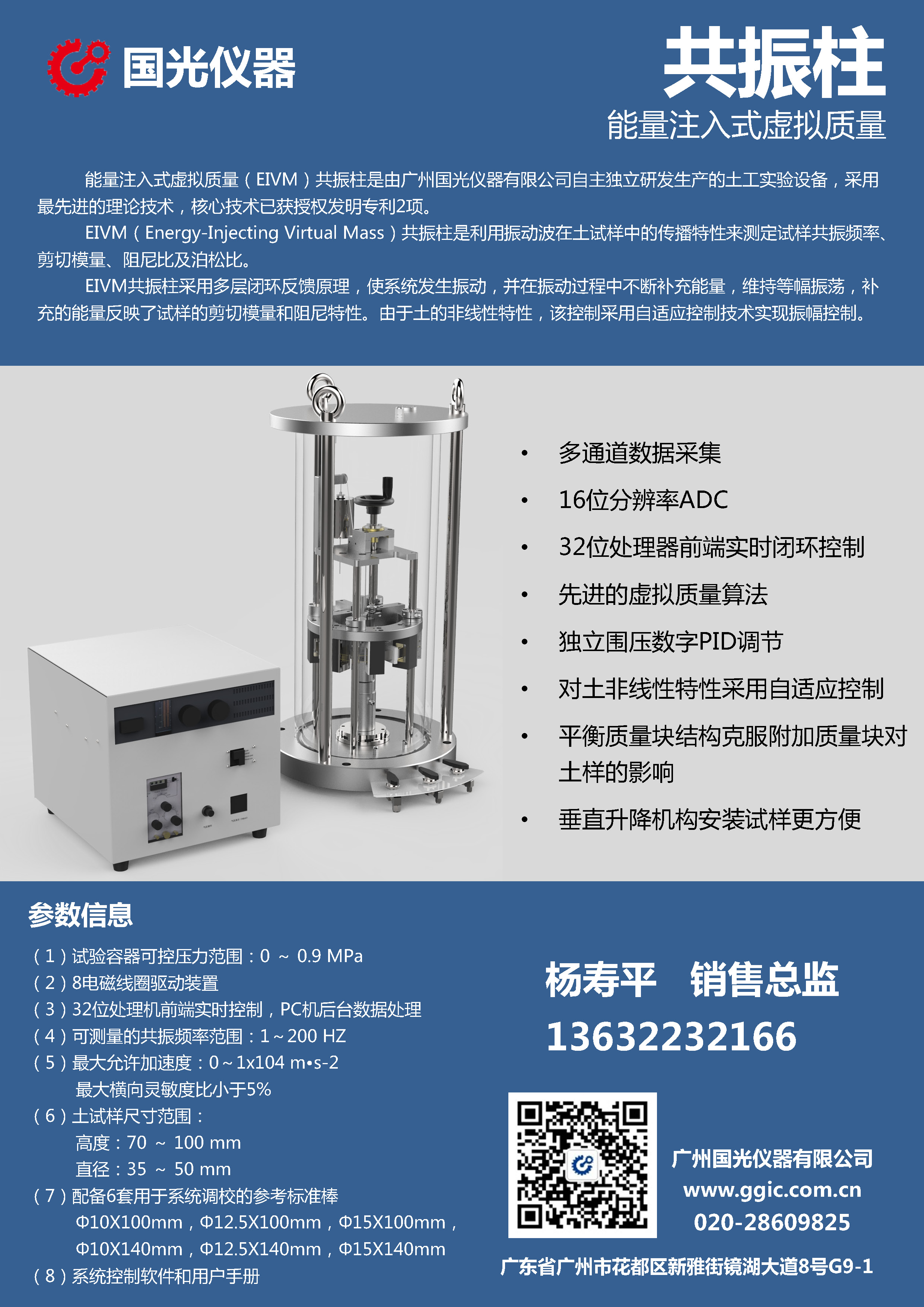
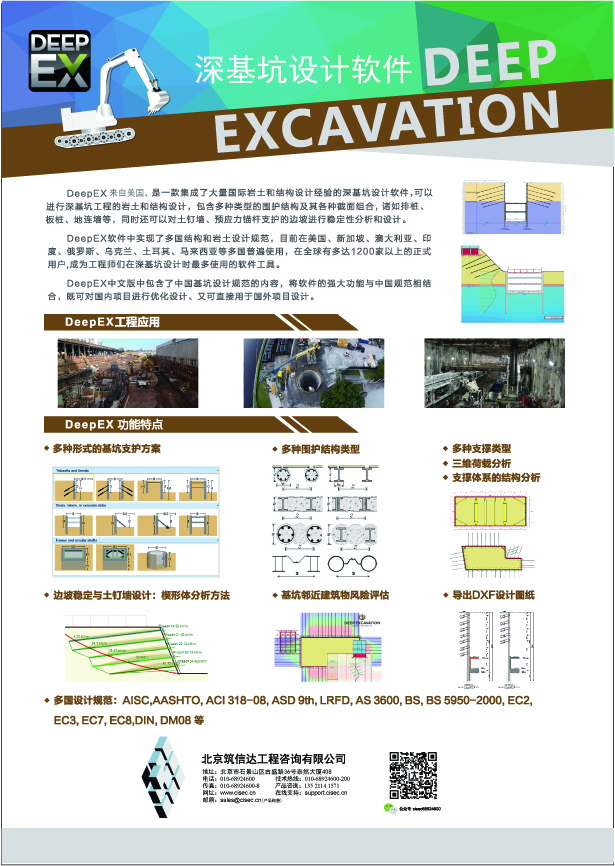
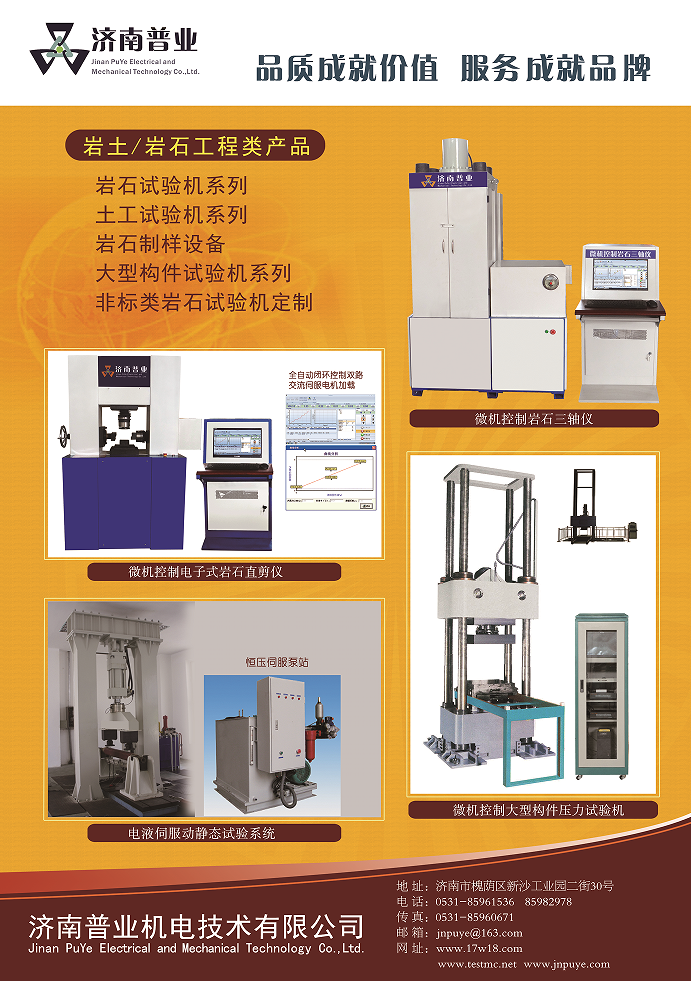
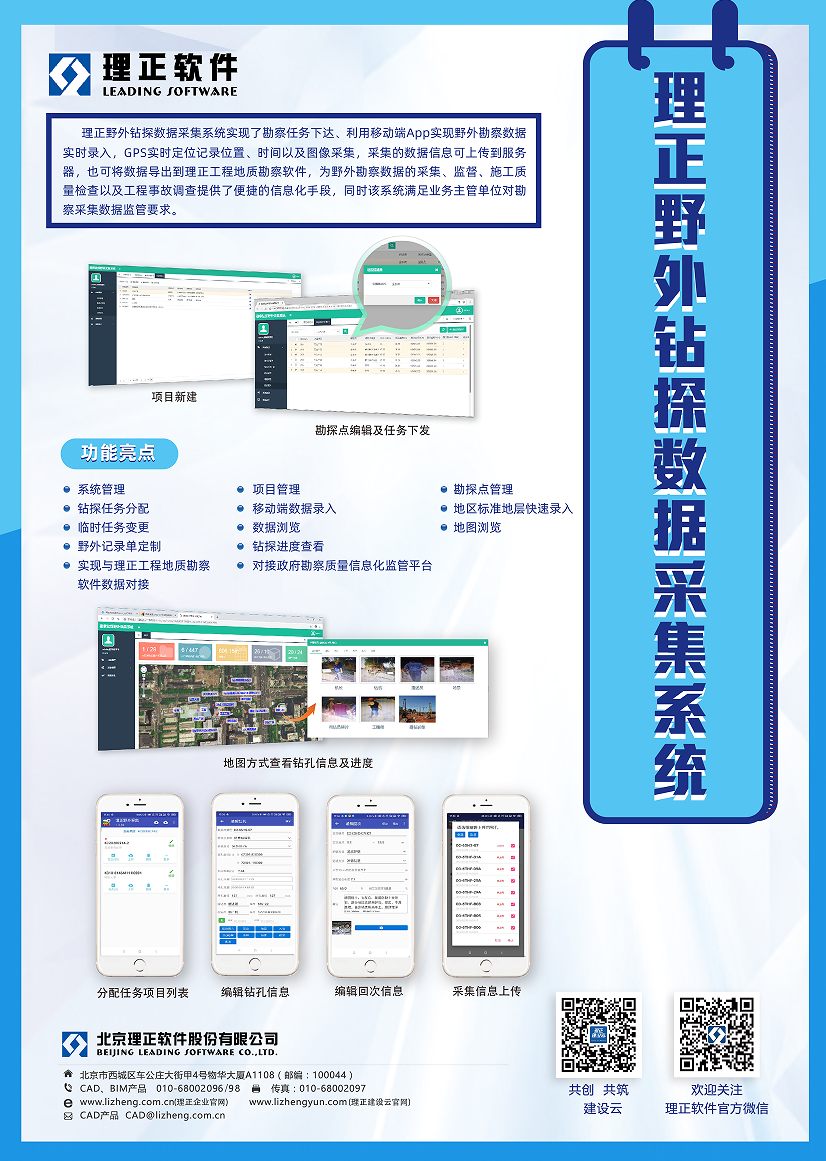
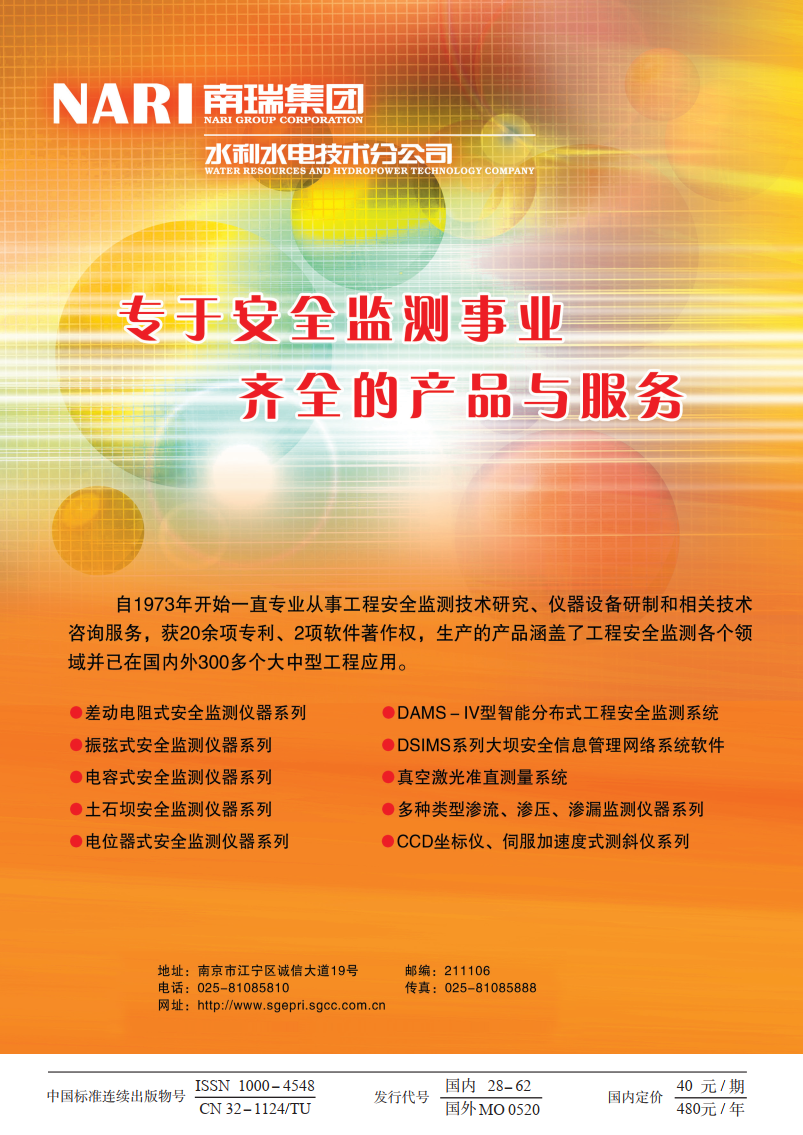
 下载:
下载:
